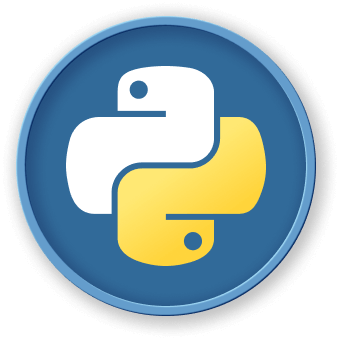Sequence Generation
Generating Sequences with Range
Sequence generation is a fundamental skill in Python programming. The range() function provides multiple strategies for creating numeric sequences with precise control.
Conversion Methods
## Convert range to list
list_sequence = list(range(5))
print(list_sequence) ## Output: [0, 1, 2, 3, 4]
## Convert range to tuple
tuple_sequence = tuple(range(3, 8))
print(tuple_sequence) ## Output: (3, 4, 5, 6, 7)
Sequence Generation Strategies
| Strategy |
Method |
Example |
Output |
| Forward Sequence |
range(stop) |
list(range(5)) |
[0, 1, 2, 3, 4] |
| Custom Start |
range(start, stop) |
list(range(2, 7)) |
[2, 3, 4, 5, 6] |
| Stepped Sequence |
range(start, stop, step) |
list(range(0, 10, 2)) |
[0, 2, 4, 6, 8] |
| Reverse Sequence |
range(start, stop, -1) |
list(range(5, 0, -1)) |
[5, 4, 3, 2, 1] |
Advanced Sequence Generation
graph TD
A[Sequence Generation] --> B[Forward Sequences]
A --> C[Reverse Sequences]
A --> D[Stepped Sequences]
B --> E[Simple Incremental]
C --> F[Descending Order]
D --> G[Custom Step Values]
Practical Sequence Examples
## Generating even numbers
even_numbers = list(range(0, 11, 2))
print(even_numbers) ## Output: [0, 2, 4, 6, 8, 10]
## Generating reverse sequence
countdown = list(range(10, 0, -1))
print(countdown) ## Output: [10, 9, 8, 7, 6, 5, 4, 3, 2, 1]
## Complex stepped sequence
complex_sequence = list(range(1, 20, 3))
print(complex_sequence) ## Output: [1, 4, 7, 10, 13, 16, 19]
- Ranges are memory-efficient
- Suitable for large sequence generations
- Lazy evaluation prevents memory overhead
LabEx recommends exploring various sequence generation techniques to enhance your Python programming skills.




